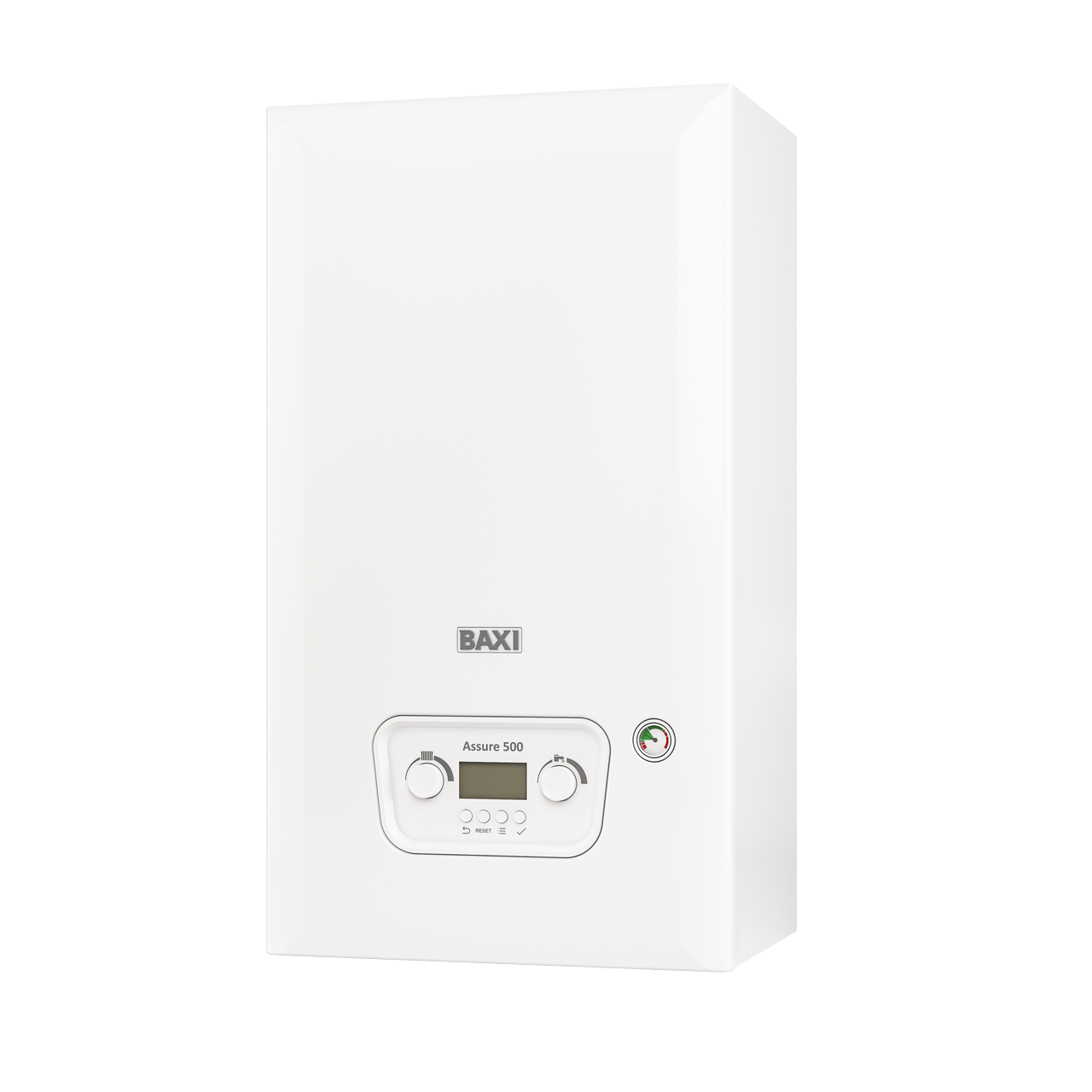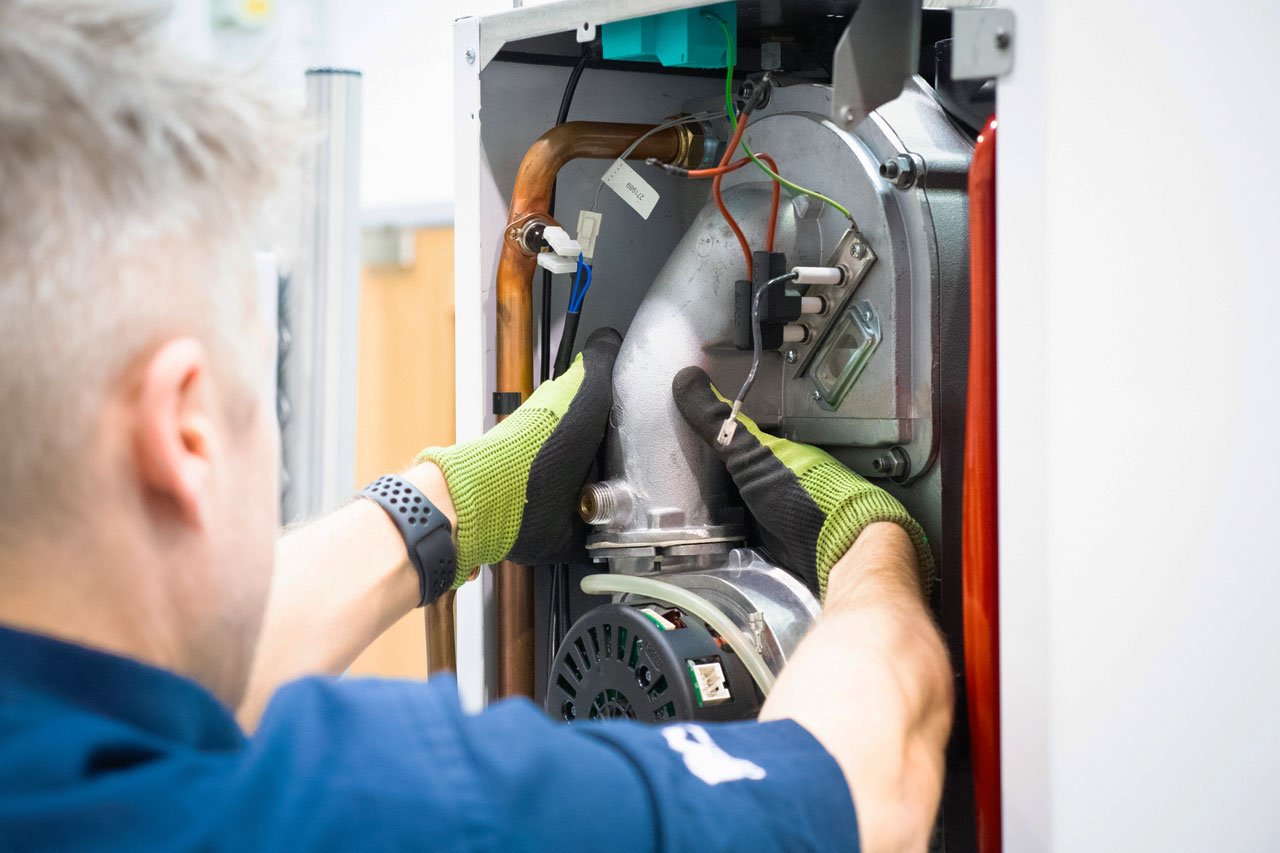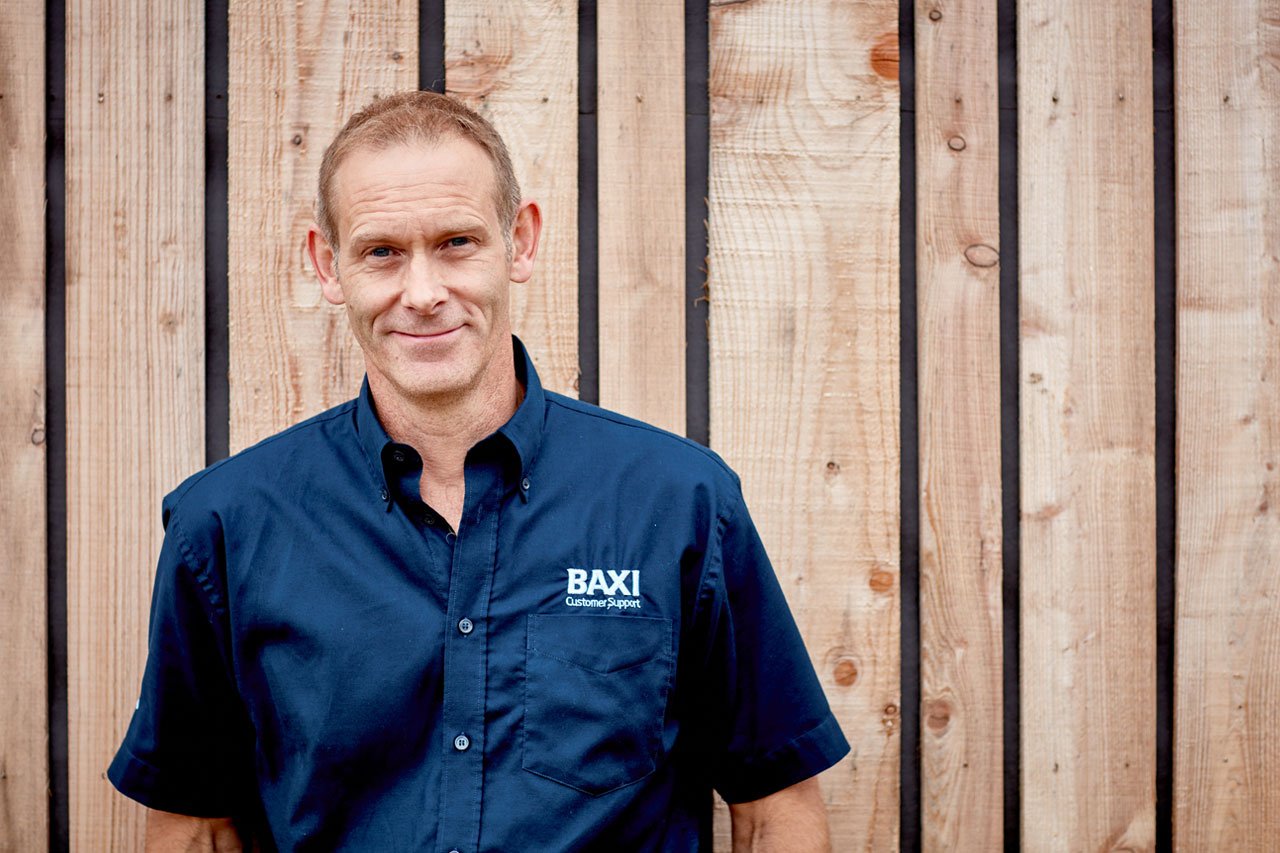
How do I talk about air source heat pumps (ASHPs) with my customers?
Air source heat pumps (ASHPs) are quite literally the hottest topic in the heating and hot water industry right now, and we know that means you’ll have customers asking you questions you might not necessarily know the answers to.
That’s why we’ve compiled a list of the most searched ASHP questions on the internet and answered them in straightforward ways that you can share with your customers when they ask about heat pumps. Let’s scrap the jargon and get to the point.
How do ASHPs work?
ASHPs work by extracting heat present in the air, ground or water and boosts it so it can be used for heat and hot water in buildings.
Ambient air is pulled across a finned heat exchanger and the refrigerant inside is then superheated via an electrically driven compressor (we promise this is as technical as we’ll get!). This heat is then transferred to water through a plate heat exchanger and pumped throughout the building to radiators, underfloor heating or hot water tanks – just like a boiler.
The process still works if the weather is cold because there is always some heat energy in the outside air for the refrigerant to absorb. Our ASHPs can actually work in temperatures as low as -25 °C. This is something you might want to share with your customers if they have concerns about heating during the colder months.
Since the heat energy comes from the air and is not generated by gas or electricity, with a good installation, ASHPs can run at up to 530% efficiency. This means that for every kilowatt of energy created by a boiler, 5.3kW is created by an ASHP.
How much does an air source heat pump cost?
The biggest barriers to uptake of heat pumps tend to be cost related. This is down to the installation which, combined with the system itself, could cost the homeowner between £8,000 and £15,000. This price is often seen as too high, especially when considered alongside high electricity prices due to environmental taxes and levies.
Thankfully, government funding is available in the shape of the boiler upgrade scheme (BUS) for households in England and Wales, which offers a grant of £7,500 towards the installation cost of a heat pump.
For homeowners in Scotland, the Home Energy Scotland Grant and Loan offers interest-free loans and grants for energy efficiency improvements, including heat pumps.
In Ireland, residents can avail of the SEAI Heat Pump System Grant, part of the broader Better Energy Homes programme, which provides grants of between €6,500 and €10,500 for air source heat pumps. This is further supported by grants for improving the building fabric and low- interest finance through the Home Energy Upgrade Loan Scheme. In Northern Ireland, there are currently no grants available; however, we will ensure our heat pumps qualify should support schemes be introduced.
Be sure to make your customers aware of the relevant schemes and loans available to them for greener household upgrades.
How efficient are heat pumps?
The reality is the majority of homes can be suitable for an air source heat pump, but the cost-effectiveness of the installation and its ongoing performance will depend on a number of factors. As a rule, a heat pump can be an effective and efficient heating source when paired with good levels of insulation, correct commissioning, regular servicing and proper use by the homeowner. These are all things you can remind your customers about during regular servicing throughout the year.
Right from the start of the process, though, correct sizing is essential. As with any heating appliance, oversizing a heat pump will increase running costs and lower system efficiency. When a heat pump is oversized, it will ‘short cycle’, which means it fluctuates between being on and off. This ultimately makes the appliance much less efficient as well as risking damage to the compressor.
As a low-temperature heating source, a heat pump is at its best when it runs constantly rather in the shorter bursts homeowners are used to seeing from their boiler. This provides a constant warmth in the home, rather than temperatures which fluctuate from hot to cold. A full, room-by-room heat loss calculation will ensure the pump can be correctly sized, while also identifying whether any upgrades to the fabric of the property will boost its efficiency.
Who can install an air source heat pump?
There is currently no legal requirement in the UK for an installer to hold an ASHP qualification, though there have been calls for that to change. Installers who want to take advantage of the BUS, however, will need to receive a qualification from the Microgeneration Certification Scheme (MCS). It is crucial to remember that installers who are not already accredited can become certified by applying directly to MCS and proving their competence.
In Ireland, there is no legal requirement for installers to hold a specific qualification (unless they are handling refrigerant gases). However, to qualify for the SEAI Heat Pump System Grant, the air source heat pump (ASHP) must be installed by an SEAI-registered contractor.
Whether you’re completely new to ASHPs or want to upgrade your skills, why not check out a Baxi ASHP training course? From understanding how air source heat pumps work to designing, installing and commissioning them, there’s a course for wherever you are on your journey.
And as well as our world-class courses, we offer complete wraparound solutions that include the latest products such as our pre-plumbed cylinders and ASHPs. Oh, and don’t forget our assisted commissioning, award-winning customer service and engineering support, offering you the complete package.
Click here to find the right course for you.
Baxi Training
Discover our comprehensive range of courses and videos designed to enhance your skills and knowledge.




